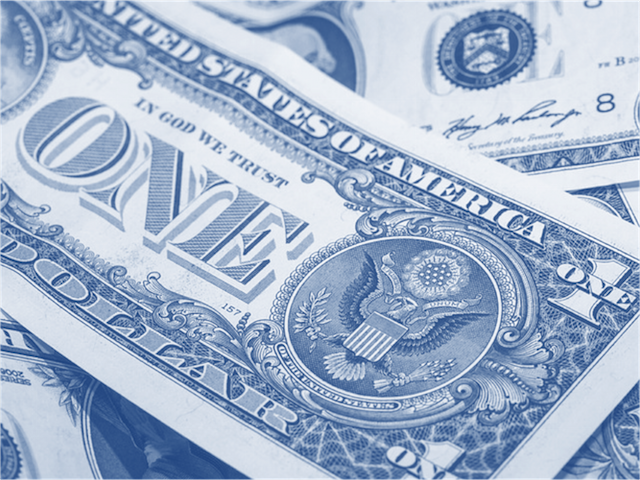What is the Argentina Blue Dollar?
In Argentina the currency is known as the peso. This peso trades against the US Dollar and other currencies at a rate that is monitored and controlled closely by the Argentine government. This is to keep as much of the country's dollar reserves as possible.
The government currently employs different methods to control the exit of dollars including limiting imports into Argentina, limiting dollars available for travel outside Argentina, charging a tax on credit card charges made outside of Argentina and payable in dollars, as well as controlling and limiting payments made to suppliers outside Argentina.
Since the government limits how many dollars anyone in Argentina may obtain, an informal, parallel or black market (informal, paralelo o mercado negro) exists where people may also exchange pesos for dollars. People are willing to offer more pesos for each dollar in the informal market than is required to obtain dollars in the formal market. This informal exchange rate is known as the Argentine blue rate or the dólar blue (never referred to as the dólar azul).
Check the current blue rate here: dolarblue.net.

The blue rate represents a more reasonable value of the Argentine peso compared to other currencies than the official rate quoted by the government. To exchange dollars for the blue rate, a person must know or find an illegal money changer, known as an arbolito. The location of an arbolito is known as a cueva.
Many people believe that even this blue rate does not reflect the actual value of the Argentine peso.
The Argentina blue dollar rate is only valid within Argentina. Any Argentine pesos exchanged outside the country (for example in Uruguay) will be subject to local opinions about the use of the Argentine peso.
Check out these other Argentina Spanish Slang Word articles.